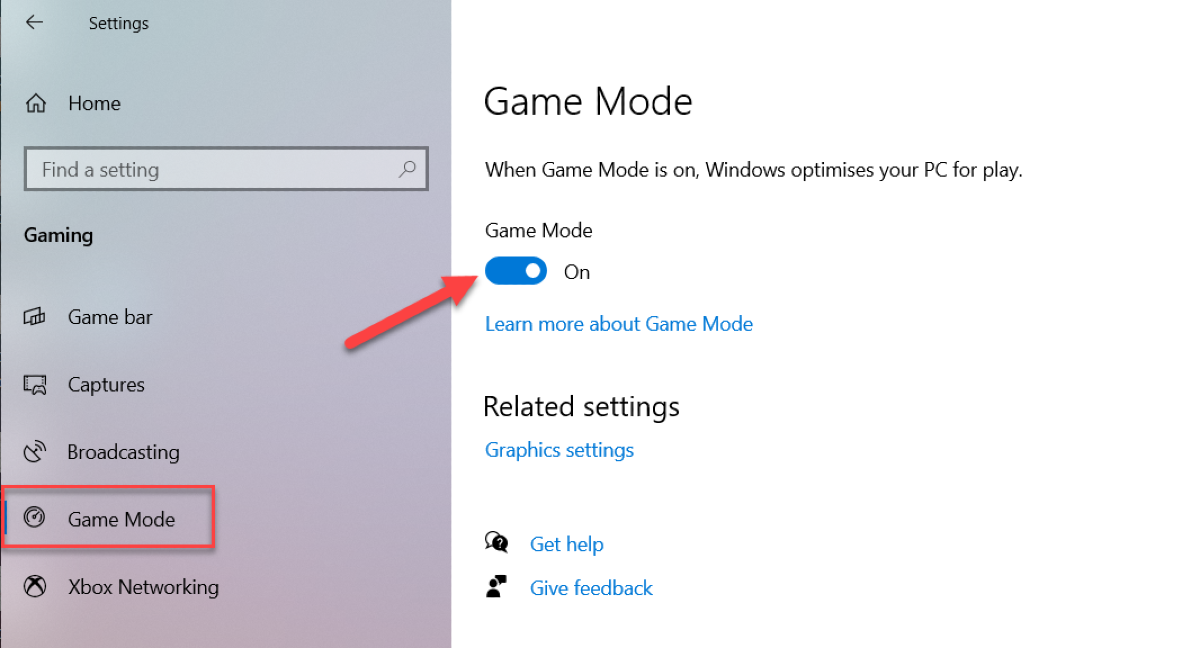While that’s just fine for dedicated machines (think best gaming laptops), it can be a struggle for more everyday device. Many PCs and laptops claim to be just as good for gaming as general productivity these days, although that’s not always the case. However, Windows 10’s built-in gaming mode can help bridge the gap by allocating more resources when gaming and turning off background processes.
How to enable Game Mode on Windows 10
The process for turning on Game Mode is very simple:
How to turn on Game Mode from within a game
Once Game Mode has been activated in Settings, in can then be turned on for most games as you see. This means it doesn’t have to be on for basic game, but can kick in if you’re struggling to handle something more intensive.
How much of a difference does Game Mode make?
A significant one, provided you don’t own dedicated gaming hardware. Those devices will likely cope just fine even with graphic-intensive titles, but you’ll definitely see a benefit on budget or mid-range devices. Game Mode works by restricting background activities in order to maximise gaming performance. This means things like updates and notifications are temporarily disabled, ensuring the maximum amount of resources are allocated to the game you’re playing. Microsoft specifically stated that Game Mode would lead to a “more consistent gaming experience”. This means the framerate will remain more steady, avoiding dropouts and huge variations which can cause lag. This video, released when the feature debuted on Windows 10 in 2017, explains more:
Looking to invest in some dedicated gaming hardware instead? Check out our round-ups of the best gaming PC, best gaming monitor and best PC controllers before you buy. As the resident expert on Windows, Senior Staff Writer Anyron’s main focus is PCs and laptops. Much of the rest of his time is split between smartphones, tablets and audio, with a particular focus on Android devices.
